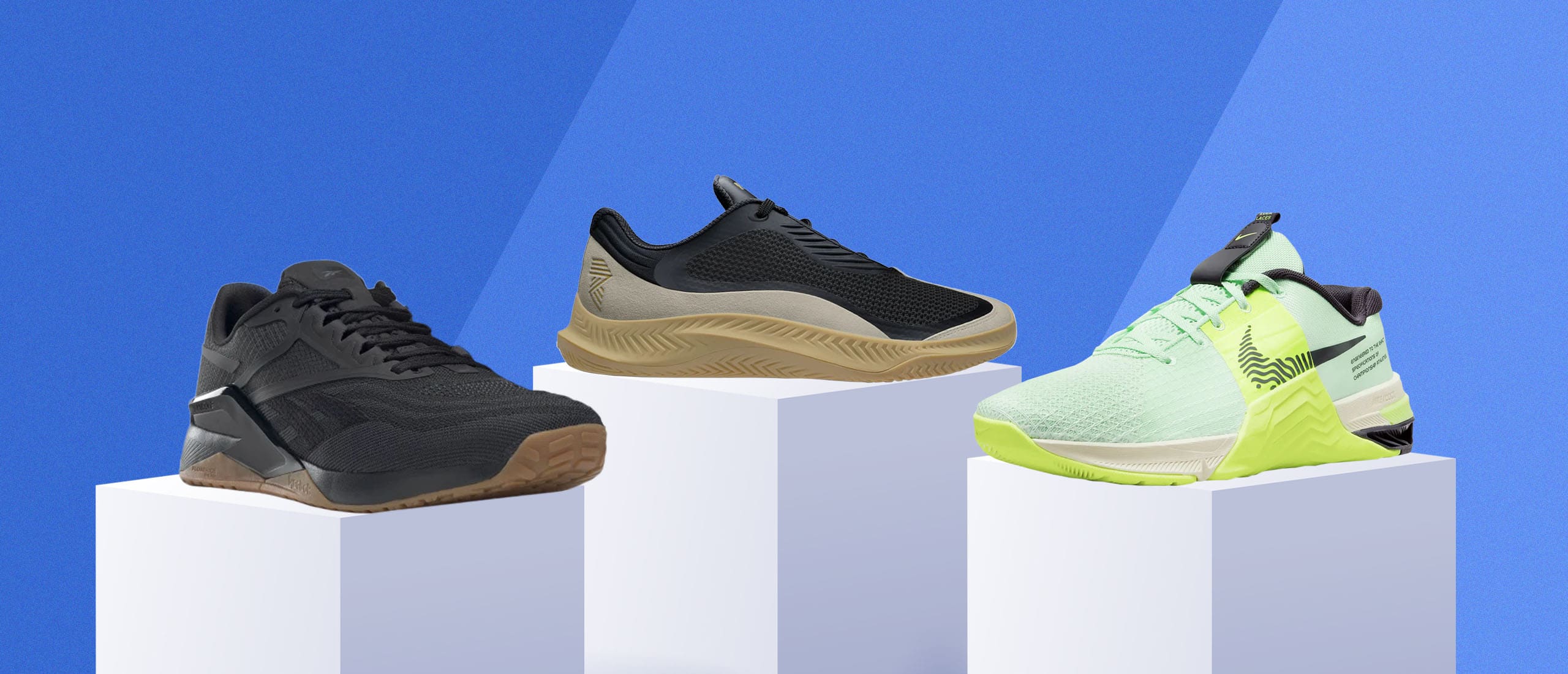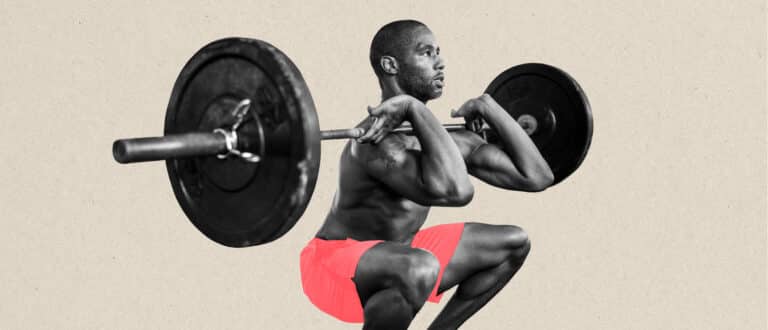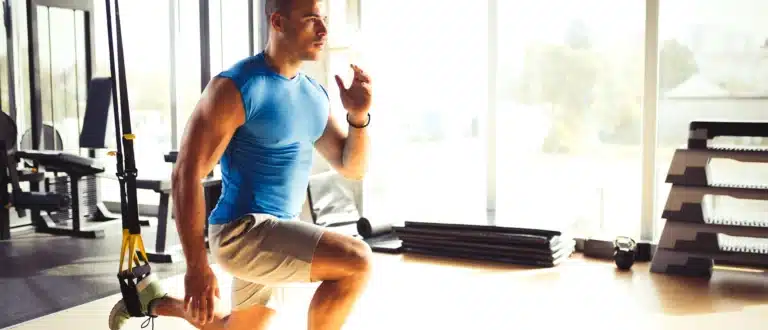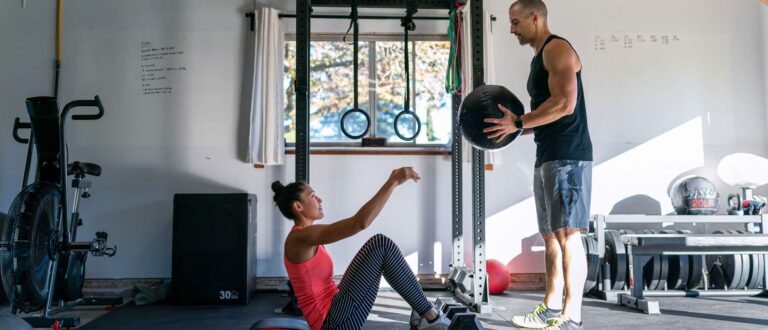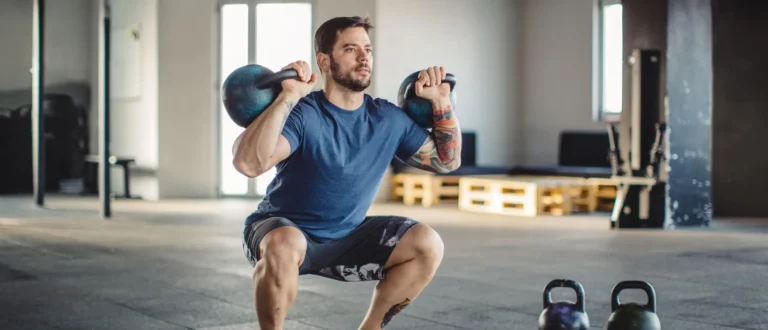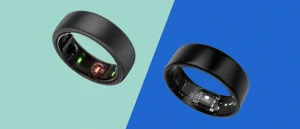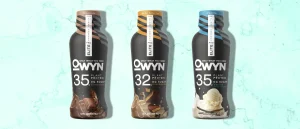The Best Gym Shoes You Can Buy, Ranked
- By Will Price
- Tested by The Edge Edit Team
- April 27, 2023
You can wear whatever shoes you want to the gym. Shoot, lots of people take their shoes off when they get to the gym (please wear socks). But if you’re interested in pushing yourself a little bit harder and getting more out of precious hours at the gym (not to mention doing so comfortably and safely) continue reading. This is a guide to the best gym shoes you can buy—tested, reviewed, compared, and ranked by The Edge team.
- Best Overall Gym Shoe: R.A.D One, $150
- Best Gym Shoe for Weightlifting: Nike Metcon 8, $130
- Best Gym Shoe for CrossFit: Reebok Nano x2, $135
- Best Budget Gym Shoe: Puma Fuse, $90
- Best Gym Shoe for Flat Feet: NoBull Gum Trainers, $129
- Best Barefoot-Style Gym Shoe: Vivobarefoot Prime, $160
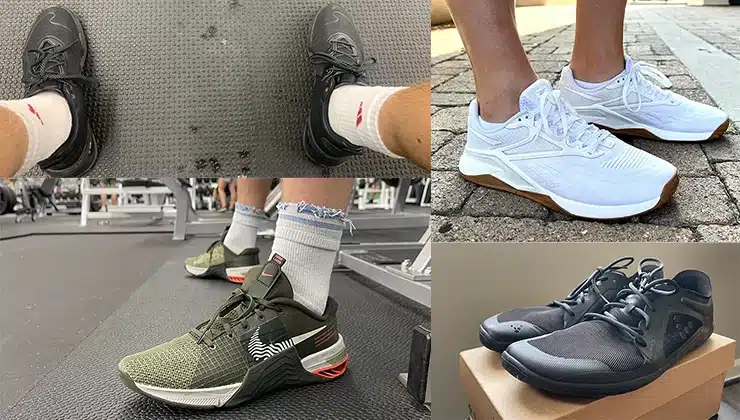
What We Look for in a Pair of Gym Shoes
Stability
Generally, training shoes can be put on a stability-responsiveness spectrum. Stability manifests as design that keeps the feet and body in as advantageous and safe of a position as possible during lifting movements—heavy compound movements like a deadlift, as well as balance-focused movements like the pistol squat.
What does stable design look like? Stable, lifting-focused shoes often have little to no cushion in the heel, rigid ankle support, and very little give from the middle to the back of the shoe. Features like these help you keep your balance concentrated in the right places on your feet.
Responsiveness
Responsiveness is a bit less clear than stability, but it’s also a bit simpler. A responsive shoe is a shoe that has some bounce or spring to it; it’s a shoe that, when jogging, feels like it’s propelling you forward—or at the very least not hindering every stride.
The most responsive shoes are those designed for distance running. Cushioned rides with springy foams or carbon plates that harness energy and push you where you’re going, faster. Responsive design is important to gym shoes—mid-range cardio, HIIT sessions, some CrossFit work, and other gym workouts are all made more comfortable with some extra oomph—but for most gymgoers, a balance between responsive and stable design will offer the best bang for the buck.
Fit (in the right places)
A shoe fitting a little snug or a touch too big isn’t a real problem when you’re going about your day, but at the gym, it can be. Take your time before you click “checkout”—does the product page mention fit at all? Does it recommend sizing up or down? In testing, we found gym shoes often run a half-size small (closer to a full size in the case of the Puma Fuse). Mercifully, almost all retailers offer free returns for a period after delivery, so it’s not too difficult to go up a size if needed after buying.
Wearing shoes that are too big or too small while working out can be unsafe, especially if doing so while lifting heavy weights. Don’t ego lift, and don’t risk injury because you really wish you were a size 11.
Above all, match your fitness goals and routine
One of the shoe testers for this guide runs a couple miles to the gym as a warmup (and a nice way to save money on gas). Another does almost entirely HIIT work, with some lifting sprinkled in. Another almost exclusively lifts and folds in cardio occasionally because it is unfortunately a very healthy activity. Point being, there isn’t necessarily a shoe for everyone and everything—if you don’t run and prefer to lift, get something that supports your routine. If you’re constantly doing agility work, sprints, and box jumps, look for responsive and comfortable shoes to keep your feet happy. It’s important to drop brand loyalties and ego when shopping for performance wear.
How We Tested Gym Shoes
No shoe we will recommend in this guide is here based on reputation—we’ve tested and reviewed every pair on the site. Getting the most out of your time working out—in the gym, on the track, or somewhere in between—and doing so safely are our two guiding principles throughout every review. Does the shoe’s design help you push through an extra rep, or keep you going through an intense HIIT routine? Does it do so while keeping your body in positions that mitigate injury risk? If the answer is yes to both questions and the price is fair, we begin to consider the shoe for recommendation. Have a shoe you’re curious about? Email this guide’s editor, Will Price, and we’ll try it out.
The Best Gym Shoes for Your Money



